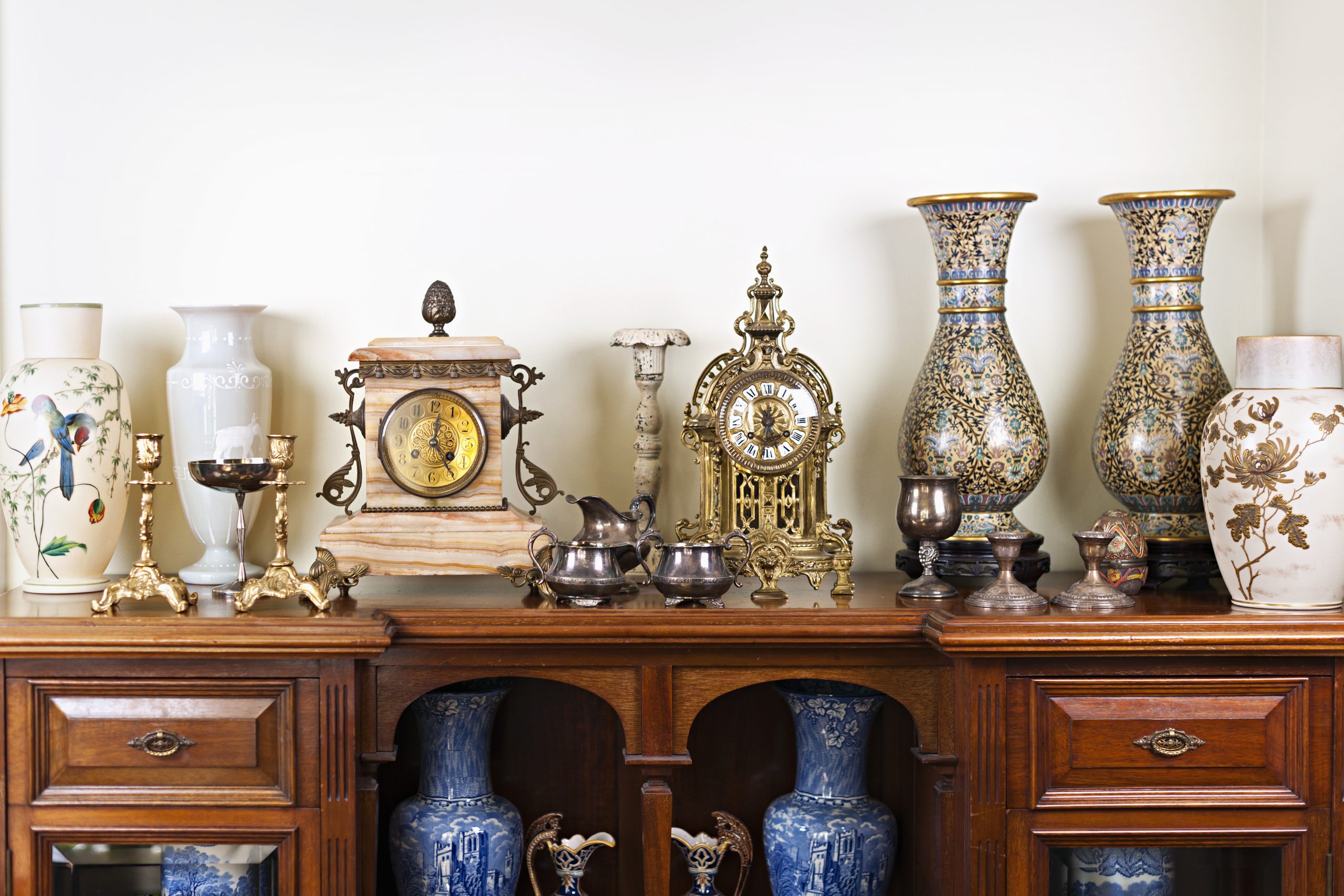Moving antique furniture takes a good bit of skill and expertise. Sure, any orangutan can lift a piece of furniture, but can it handle it with TLC? (Hint; probably not.) Unlike modern, new-ish furniture, antiques are fragile and can easily break. They can also get dinged and damaged, which can lower their value. If you’ve got a lot of antique furniture to move, we have some great news! We put together a list of tips for How to Move Antique Furniture just for you! Take a look, takes notes if needed and, when you’re finished, you’ll be ready to move those antiques!
How to Pack and Pad Your Antique Furniture
Antique furniture can be fragile, as we know, and some pieces can be highly delicate. To make sure they move without being damaged, you’ll need to pack and wrap them well. How to do it, though, depends on the piece of furniture. For example, if covered with cloth material, wrapping antiques in acid-free plastic first is a must. That way, the plastic will protect against liquids, dirt, debris, etc. Also, the plastic won’t leach out colors or damage the fabric.
If you’re moving a large piece of antique wooden furniture, though, you’ll need moving pads instead. These are extra-large, extra-thick pads that movers use every day. (They’re very similar to a heavy-duty comforter for your bed.) We recommend wrapping all your antiques in pads and keeping them in place with packing tape. (It comes off quickly afterward.)

Where to Get Packing Paper and Moving Pads
Storage Solutions sells acid-free packing paper and moving pads for your convenience. You can also find packing paper in big box hobby stores, although pads are more difficult to find. No moving pads around? Substitute large, heavy blankets for moving pads; they work almost as well.
How To Move Antique Furniture
If you have experience (and a lot of strong helpers), moving antiques shouldn’t be a huge problem. On the other hand, they’re heavy, fragile, and unpredictable. That’s why we highly recommend hiring a moving company to move your antiques. That’s especially true if you have a lot of them (or a houseful of them). Antique furniture moving companies employ people with knowledge and experience moving antiques. That means less risk of an accident or injury for you and less chance of damage to your antiques. If you hire a mover to move your antiques, there are several other benefits:
- They bring plenty of blankets to pad all of your antiques well
- Usually have an acid-free paper to wrap your antiques
- Have dollies and hand-trucks to more easily move heavy, fragile items
- They have insurance in case one of your antiques gets damaged

Store Your Antiques in a Storage Unit
You can store antiques anywhere you have space; it’s true; the attic, the basement, the garage, etc. But here’s the thing; those won’t protect your antiques very well. Heat and cold, dust, dirt, vermin, and so forth can be devastating to antiques. The attic? It gets super hot in summer. The basement? Too damp. The garage? Too unprotected from accidents and kids. None are excellent choices, but a climate-controlled or temperature-controlled storage unit is practically perfect.
The former will keep humidity from damaging your antiques, and the latter will protect them from extreme temperature changes. Both will protect them a lot better than a regular storage unit (although, for some, they might work also). It’s your choice, of course. Storage Solutions has climate-controlled, temperature-controlled, and regular storage units that are clean, safe, and secure. If you have questions or need help, chat with a friendly manager online. Even better, come on in and ask an on-site manager in person! (They’re really nice and helpful!)
Moving antique furniture is a bit tricky, no doubt. If you follow the tips above, though, you should be highly successful. We wish you the very best of luck with everything. Remember, if you need help or advice, you can chat online with Storage Solutions anytime!
This post was originally published on 12/18/2019. It was updated on 4/9/2021.
